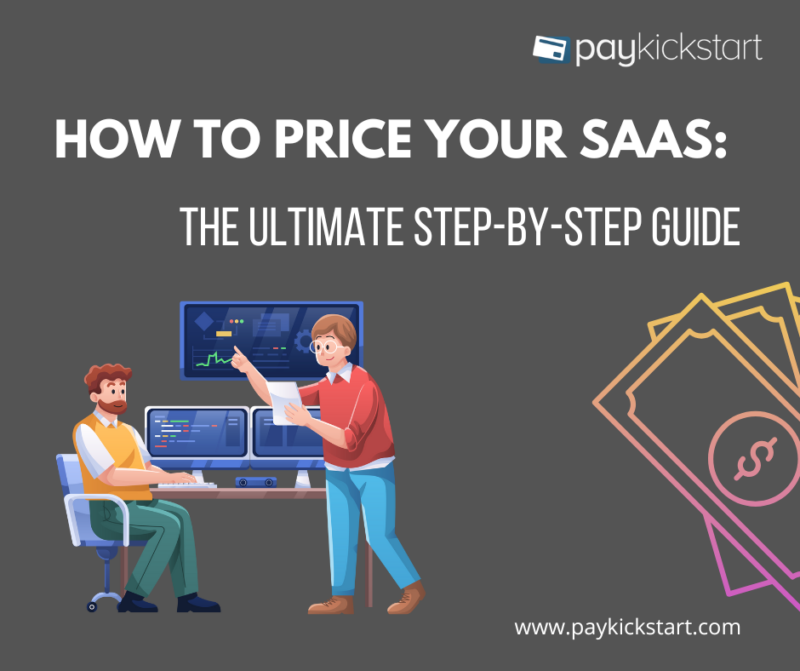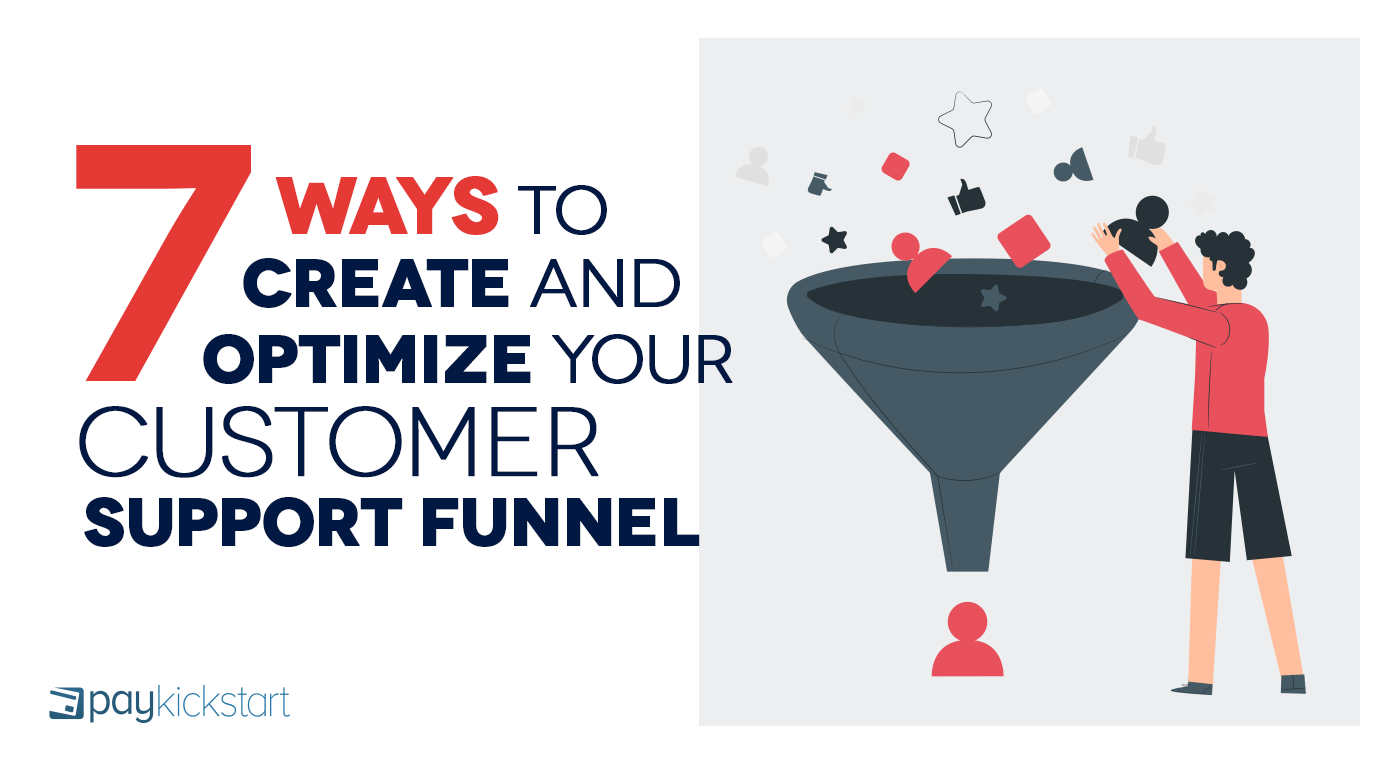Subscription growth hack (by PayKickstart)
Facebook Group - 3,932 members
Visit Group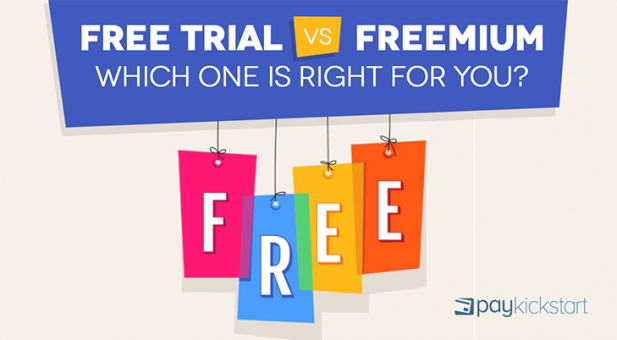
The age old question, is a free trial or freemium best for you?
Just like most things in this life, the answer depends on your circumstances, goals, and a bunch of other factors.
I can’t answer whether or not you should choose freemium or free trial because your situation is unique. Instead, I can help you get a better understanding of what each one entails so you can make a better decision.
In this article, I’ll take a close look at the free trial vs freemium debate and, hopefully, help you make a choice that’s best for you and your business.
I’d like to clear the air a bit about what freemium is and isn’t. It’s a marketing and billing model where you give away a portion of your product for free without putting a time limit on access. You can add a few caveats that force them to use the product occasionally to retain their account.
I wrote a post about subscription billing models recently and listed freemium as one of the choices. It is a billing model and I stand by that assessment.
More than a billing or revenue model, it’s an acquisition channel. It allows you to attract users that wouldn’t otherwise consider your solution and eventually turn them into customers.
This can drive down your customer acquisition costs considerably. It can also increase your expenses considerably because it costs money to support free users.
One of the most prominent examples of the freemium model is Mailchimp. It gives users access to most of the platform but limits the number of contacts and the number of emails they can send every month.
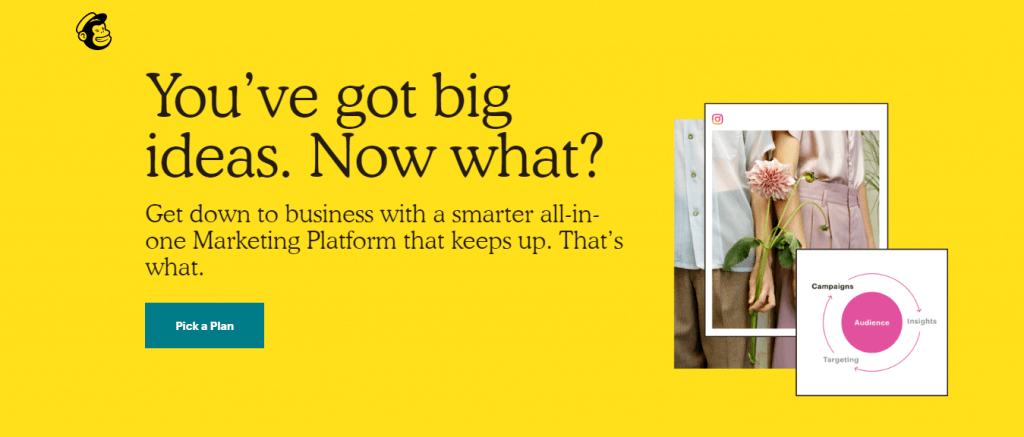
Freemium isn’t simply taking a few features and giving them away for free. It takes much more than that to be successful with a freemium model.
For starters, the market should be huge. If your market consists of a few thousand people then the economics of freemium may not work.
Why?
Traditionally, only 1-2% of freemium users convert to paying customers. That means if you attract one thousand free users only ten to twenty will end up paying you. If you attract ten thousand free users then about 150 will pay you.
Those numbers aren’t promising if you have a market that’s only ten thousand strong.
The second thing you should consider is the cost of supporting free users. Most of your free users will never pay you for your product. Many of them are fine with the free tier which gives them everything they need.
To counteract this reality, free users should be delivering some type of value to your business or other customers. MailChimp attaches a badge to the bottom of emails sent out by free users which helps with marketing their services.
Slack uses a freemium model but free users bring more users which have the potential to become customers. The same is true of Zoom. These companies have built their product in a way that leverages free users for marketing or growth.
Free forever is not the best way to anchor the conversation around your product. If it’s free forever then why are they running into a paywall?
Tell me the product is free forever and I’ll use it like that forever without a second thought. If you tell me the product is free but you can upgrade to get more features then I’ll keep that in mind.
If you lead with free then they’ll expect it to remain free and may have a hard time coming to terms with purchasing your core product. I use Evernote occasionally but can’t seem to pay for it. Luckily, others do.
Try an alternative freemium model. The core service is free but add-ons cost money.
Profitwell uses this strategy.
The core product – subscription analytics – is free but they have add-on products such as Retain and Recognized which it charges for.
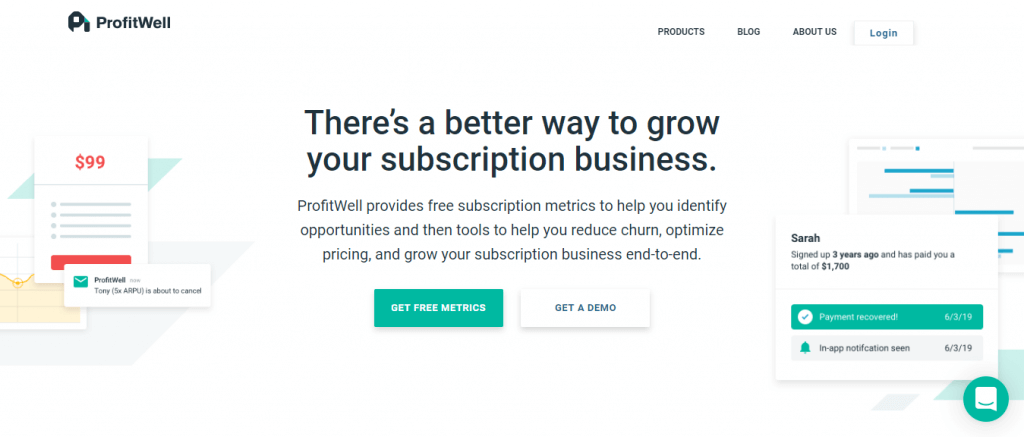
It has worked for them.
In the end, freemium works if you have a large market, can leverage free users to attract more users, and have a revenue model that takes advantage of the core product and add-ons.
A free trial is when you give prospective customers access to your product for a limited amount of time. Generally, during the free trial period, most features are available for use.
There’s a misconception around free trials. You’re not giving your product away and it’s not really free.
If you go to a car dealership, you test drive the car and they don’t charge you for it but no one looks at it as a free ride. It’s part of the sales process and is treated as such.
Many companies don’t treat their free trial the same way. In fact, they treat it as the goal. It’s not. A paying customer is the goal.
Yes, you don’t charge money for it but the prospective customer has to take out time from their schedule, put up with your emails, and try to learn new software.
That takes time and energy. Both of those things are expensive.
You also have to consider the fact that someone won’t use your product and its direct competitor. It’s an either-or decision. Either they choose you OR they choose your competitor. They can’t have both.
You will always be displacing someone so you should also factor in the cost of switching into your free trial. At this point it’s no longer looking free, is it?
The major benefit of the free trial is the position you occupy in your customer’s mind. You’re not a free product that they might consider paying for one day. You’re a premium product that has a limited testing period as part of the sales process.
When the trial is over, prospects either pay for it or move on with their life.
Because of this (and in some cases in spite of it), free trials almost always have higher conversion rates than freemium products.
Here’s the challenge with free trials. Everyone is conscious of the time limit. Your trial users know they have a few days to test out the software and make a decision. You know you have a few days to convert them to a paying customer.
You win with free trials when you have a stellar user experience, great onboarding, and a good product. If any of those ingredients are missing then the time limit is a drawback, not a benefit.
I’ll come out and say it, I can’t make that decision for you here. I don’t know enough about your current circumstances.
I’ve outlined some of the benefits and drawbacks of both as well as a few of the requirements to succeed with each strategy.
Freemium requires a much larger market and the ability to leverage your free users. A free trial puts you in a better position in your prospects mind but has a lot of hidden costs associated with it.
In the end, you have to choose one and measure how well it works for you. Let me know what you think about the free trial vs freemium debate in the comments.
Matt Callen is co-founder of PayKickstart. He has founded several million dollar online businesses and lives in Indianapolis. Since 2006, he has helped hundreds of thousands of entrepreneurs scale and grow their online businesses with software and automation.
Read More About Matt Callen